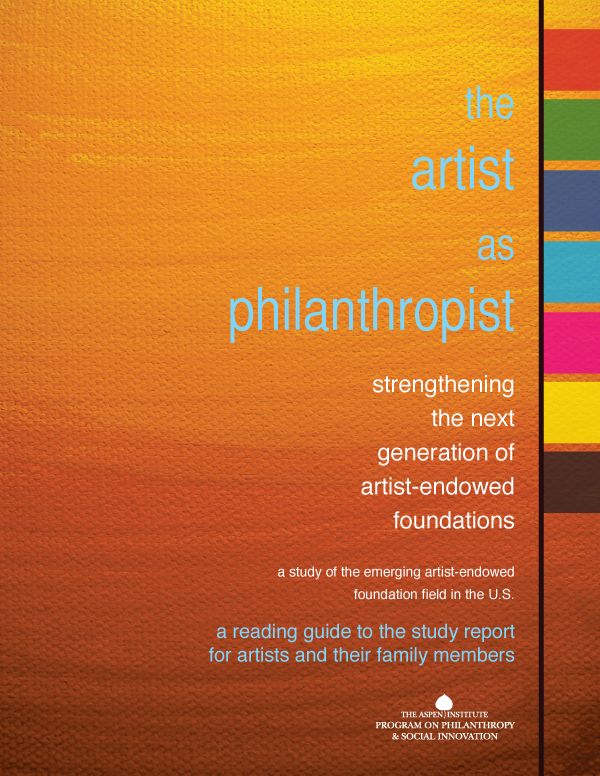Foundation management
Understanding and embracing transformational change are ubiquitous in cultural policy circles. Research on dramatic demographic shifts, seismic alterations in technology and audience consumption, and postrecession political realities compel arts leaders to master not only their genre but the sticky notion of change itself. Grantmakers in the Arts' own equity work, EmcArts Community Innovation Labs, and ArtPlace’s placemaking practices are all attempts to recalibrate the arts funding ecosystem to respond and adapt to change.
Read More...In 2008, ten performing arts organizations embarked on an experiment in capitalization. As participants in Nonprofit Finance Fund’s Leading for the Future (LFF) Initiative, the first program to introduce change capital on a national scale, they set out to develop new program models and operating structures that would respond to shifts in the artistic environment and serve as instructive examples to the field.
Read More...The mission of the James F. and Marion L. Miller Foundation, established in 2002, is to enhance the quality of life of Oregonians through support of the arts and education. In the midst of the 2009 recession, the foundation began a six-year grantmaking initiative that provided general operating support to Portland’s five large arts organizations. The foundation made important shifts in its grantmaking strategy to help shore up the financial strength and stability of the Portland Opera, Oregon Ballet Theatre, Portland Center Stage, Portland Art Museum, and the Oregon Symphony.
Read More...In the wake of the worst global economic recession in living memory, the creative industries sector has emerged as a powerful engine for economic growth and social, environmental, and cultural sustainability. With growing concern over the staggering amounts of funding now being directed toward social impact initiatives globally and the effectiveness of those investments, perhaps the time has come for gatekeepers to consider adding the creative industries to the short list of investment-worthy target sectors.
Read More...Grantmakers in the Arts released its Statement of Purpose for Racial Equity in Arts Philanthropy in March 2015. It did not spring from thin air. Members concerned with social justice have been active within GIA for nearly a decade. Over the past six years, members have shown an overwhelming interest in equity issues facing their communities. Racial equity was deliberately selected four years ago for a thought leader forum in order to go deeper into one area of social justice.
Read More...In the late 1980s, several hundred people met twice at remote locations on two islands, one on the US East Coast and one on the West, to consider “the creative support of the creative artist.” Sponsored by the New York Foundation for the Arts (NYFA), the first conference was held in May 1986 at Montauk on the eastern tip of Long Island, New York, and the second in November 1988 on Orcas Island near the Canadian border in Washington State. Although I attended both, I am deeply grateful to have had sources with agile memories so I didn’t have to rely only on my own.
Read More...— Elyse Mallouk, “On Laboring for Love”
The Cultural Data Project (CDP) was launched in fall 2004 as a statewide, web-based data collection system for arts and cultural organizations by a group of Pennsylvania grantmakers and arts advocates, including the Greater Philadelphia Cultural Alliance, the Greater Pittsburgh Arts Council, the Heinz Endowments, the Pennsylvania Council on the Arts, The Pew Charitable Trusts (Pew), The Pittsburgh Foundation, and the William Penn Foundation.
Read More...2014, 19 pages, The Aspen Institute, One Dupont Circle NW, Ste 700, Washington, DC, 20036, 202-736-5800 www.aspeninstitute.org
Download:
Read More...
